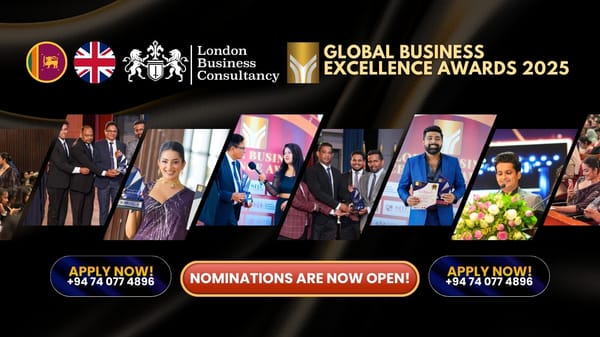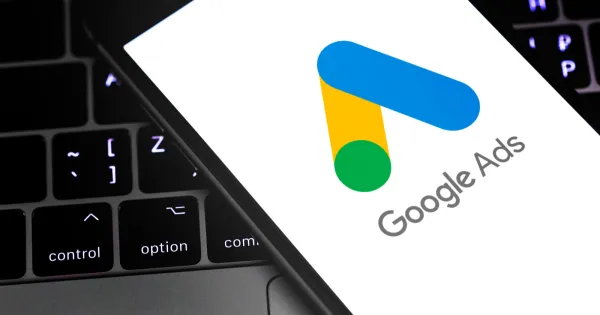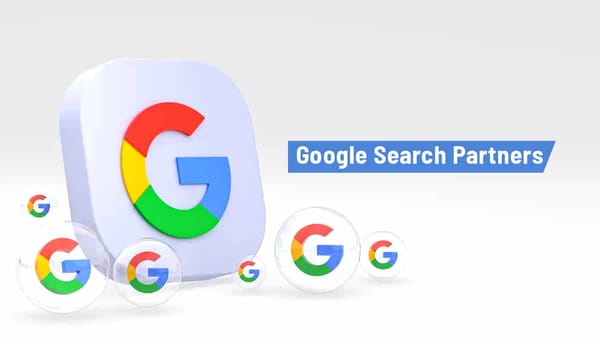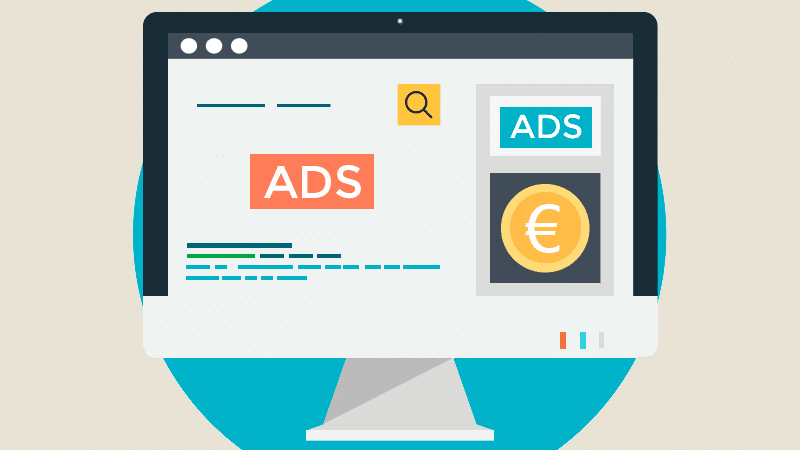Social Media Campaigns for Change: How They Drive Impact and Awareness

Introduction
Social media is a powerful tool, not just for marketing products, but for sparking social change. In today’s world, digital platforms are often the starting points for movements that challenge norms, raise awareness, and call for action. Social media campaigns for change can amplify voices, shift public opinion, and rally people around important causes. But how do these campaigns work, and why do they have such a significant impact? Let’s dive into the world of social media activism and explore how these campaigns create real change.
Harnessing the Power of Platforms
The first step in creating a social media campaign for change is choosing the right platform. Different platforms serve different purposes, but all of them allow for rapid dissemination of ideas.
- Twitter is often the go-to for quick updates and reactions, allowing for fast-paced discussions around current issues.
- Instagram provides a visual space for spreading compelling stories, using photos, videos, and stories to drive engagement.
- Facebook remains a powerful tool for community-building, with groups and events enabling long-term, ongoing conversations.
- TikTok, the fastest-growing platform, offers a creative space for younger audiences to spread messages through viral videos.
Each of these platforms allows for the creation of content that can inspire action, from sharing news to creating a viral hashtag or even organizing real-world events.
Examples of Social Media Campaigns for Change
The impact of social media in driving social change can be seen through many successful campaigns over the years. Some notable examples include:
- #MeToo Movement: What started as a hashtag on Twitter grew into a global movement that has had a lasting impact on discussions around sexual harassment and assault. Social media helped survivors share their stories, spark conversations, and push for systemic changes.
- #BlackLivesMatter: A hashtag that quickly turned into a global social justice movement. Through powerful images, videos, and firsthand accounts shared on social media, the movement was able to bring attention to racial injustice and police brutality.
- Climate Change Activism: Environmental movements like Fridays for Future, led by Greta Thunberg, use social media to engage millions of young people around the world in the fight against climate change. Campaigns like #ClimateStrike and #SaveThePlanet have helped to mobilize climate action on a global scale.
Why Social Media Campaigns for Change Work
Social media campaigns for change work because they create a sense of urgency and unity, allowing people to feel connected to a cause. But there are specific reasons why these campaigns resonate so strongly:
Real-Time Engagement:
Social media provides real-time updates and engagement, meaning that news, stories, and updates spread quickly. This immediacy makes people feel involved and more likely to take action.
Viral Potential:
Campaigns have the potential to go viral, reaching millions within hours. A single post can spark a global conversation and quickly gain traction. This viral aspect allows for awareness to spread beyond traditional media channels.
Personal Connection:
Social media allows people to share their personal stories and experiences, making causes more relatable and human. When individuals see others standing up for the same cause, it encourages them to join the movement.
Amplified Voices:
Social media levels the playing field, giving everyone—from grassroots activists to global influencers—a platform to be heard. This democratization of voice is one of the main reasons social media campaigns are so effective in creating change.
The Role of Influencers and Partnerships
Influencers and partnerships play a pivotal role in the success of social media campaigns for change. By collaborating with individuals who already have a dedicated following, campaigns can reach a wider audience. Whether it's a celebrity, activist, or micro-influencer, their involvement helps to legitimize and amplify the message.
For example, when celebrities lend their voices to a cause, it can bring the issue to the attention of those who may not have been aware of it otherwise. This kind of endorsement can lead to more people getting involved and spreading the word.
Conclusion
Social media campaigns for change are not just about spreading awareness—they are about creating tangible impact. Whether it's advocating for human rights, fighting for the environment, or challenging societal norms, social media is a powerful tool in driving meaningful change. Through viral hashtags, personal stories, and real-time engagement, these campaigns bring attention to causes and rally people together in ways that were never possible before.
In the future, we can expect social media to continue being a driving force for social movements. As more people use these platforms to share their stories and ideas, social media will remain a critical tool for challenging the status quo and pushing for progress.




